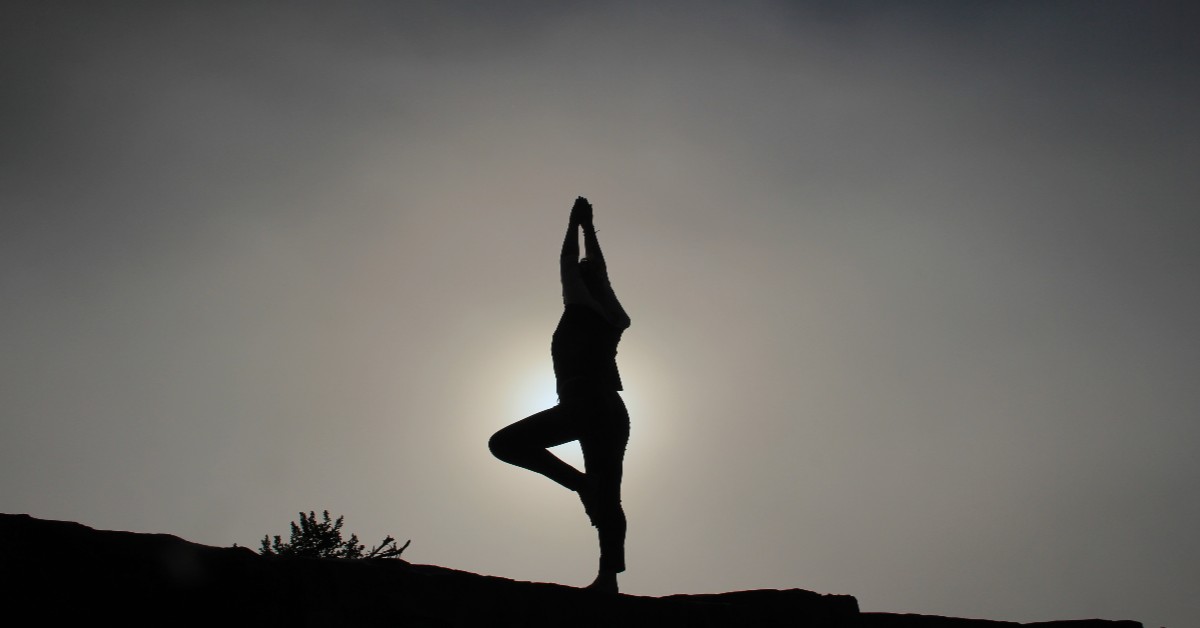Human respiration is natural and elemental. You can no more stop your breathing than you can stop your own heart beating. Breath is an autonomic function: it’s going to happen whether we like it or not. But working with breath in a regular yoga practice takes the simple act of respiration to a whole new level.
Our breathing responds differently to different stimuli: your breathing when you train for a marathon and are on one of those last long runs before the race is going to differ considerably than your breathing as you observe your fellow travelers from the driver’s seat of your vehicle as you drive to work in the morning. These situations are very different and they require very different respiratory responses. In fact, we should be quite grateful that our respiratory systems can accommodate such incredibly diverse activities!
In yoga, we know that when we breathe with the flow of the asana, or pose, and try to match our inhalations and exhalations to the instruction we receive, we are more able to tap into greater reserves of strength and flexibility than we would if we weren’t focusing on our breath. It is true, in fact, that in yoga, deep breathing can actually help us avoid injury. When we conduct our breathing deeply through our bodies, it is not only restorative and replenishing, it will also set up bodily discomforts to dissuade us from trying to push through a pose that may in fact injure us. Working with breath is the quickest path to one’s inner vulnerabilities.
Breath work is, in fact, essential to a complete yoga practice. Everything is rooted in breath — how it’s used, why we inhale and exhale when we do, and how we can use our breath to support a healthy practice including, though not limited to, going deeper. The asanas or poses themselves give you a decent workout and anyone can try to do them. The incorporation of the breath, however, is where the magic begins.
Have you ever felt extremely stressed out and like there is nothing you can do about it? Just breathe. Inhale and exhale at your own, calm pace, three deep breaths. Deep breathing stimulates the vagus nerve, which signals your nervous system to lower your heart rate, blood pressure, and cortisol levels. Cortisol is the hormone that our bodies release in response to stress. It is truly incredible what a few deep breaths can do.
Working with breath is such an extraordinary part of the yoga practice that the two cannot really be separated. A strong yoga practice depends upon strong breath work. There are a number of different breathing exercises available for you to peruse online at your leisure and of course, when working through your practice, you may find that you are paying more attention to your breath than usual. That’s okay! In fact, it’s completely normal, and you may enjoy this practice more and more as your yoga practice fosters a foundation of deep breathing and healthy breath control.

